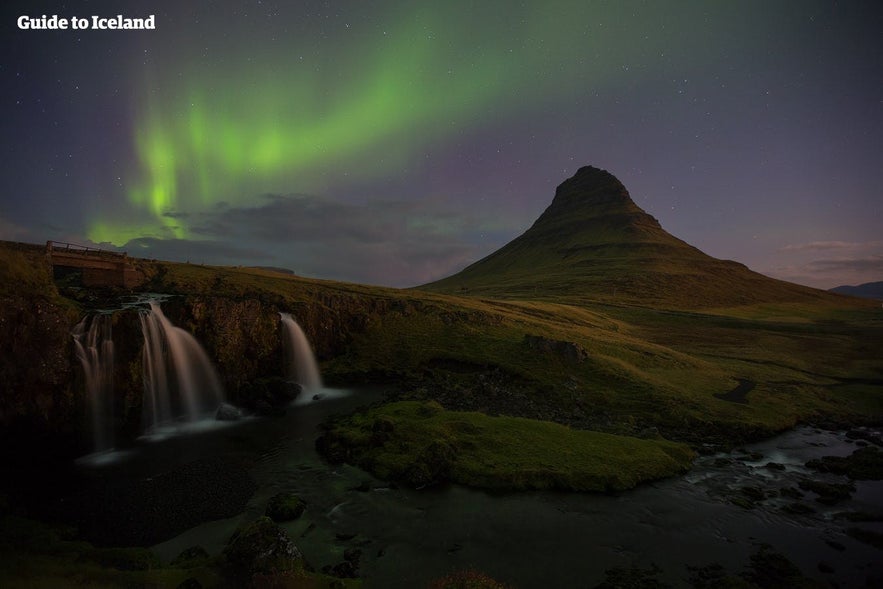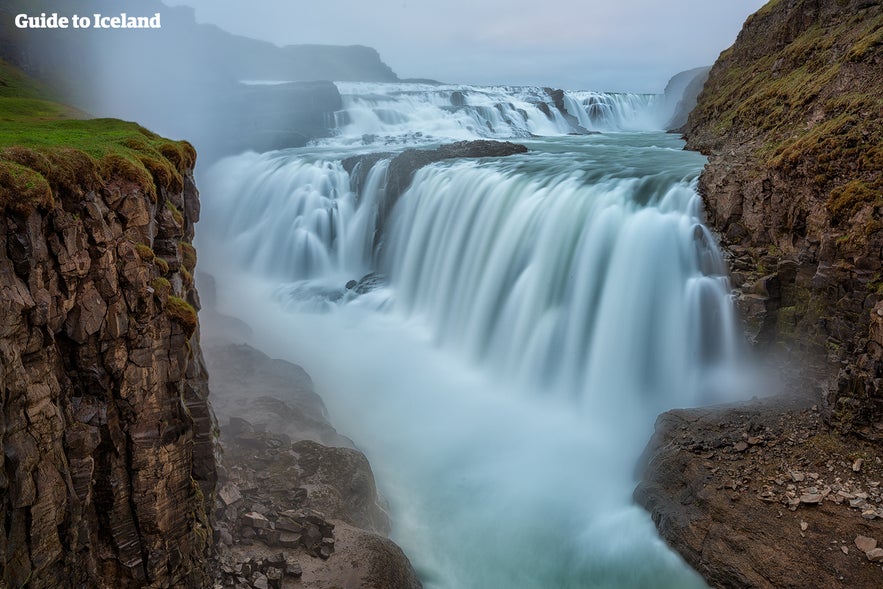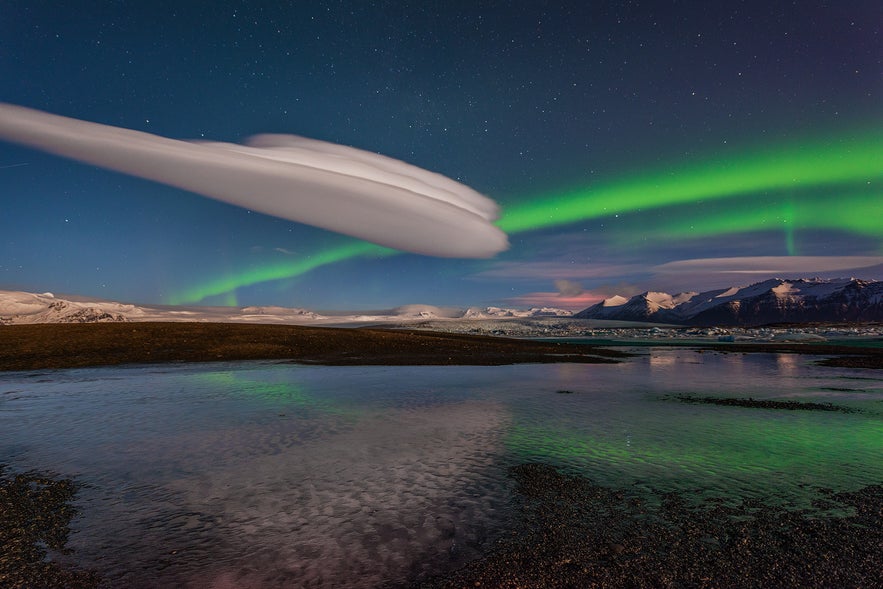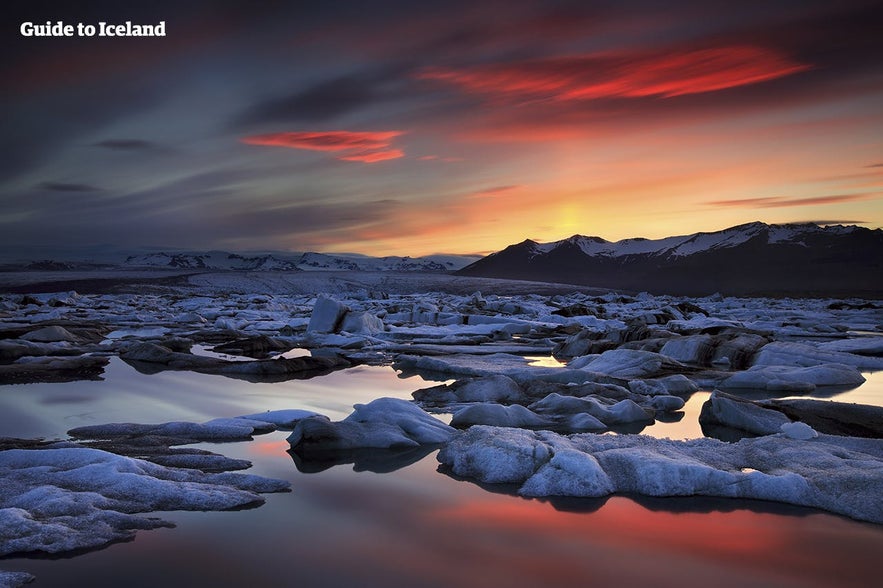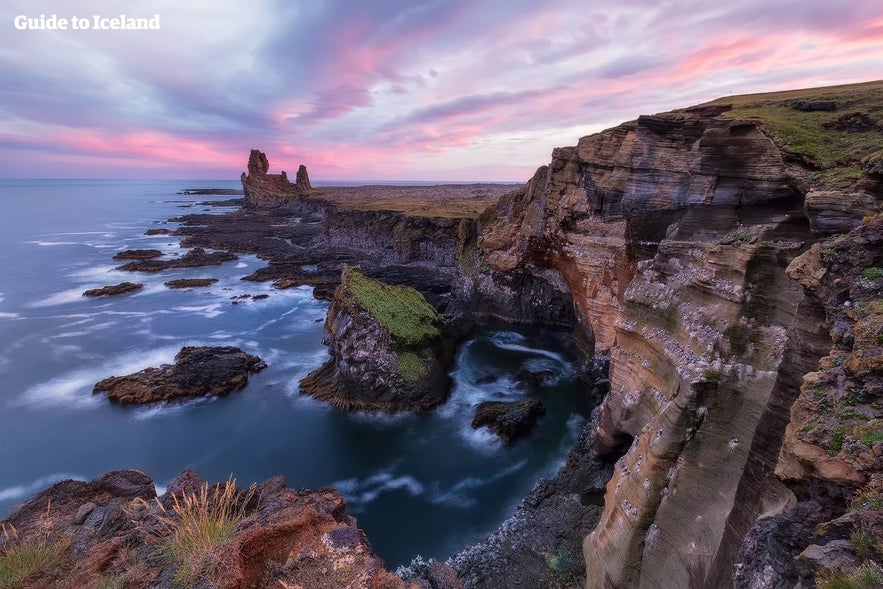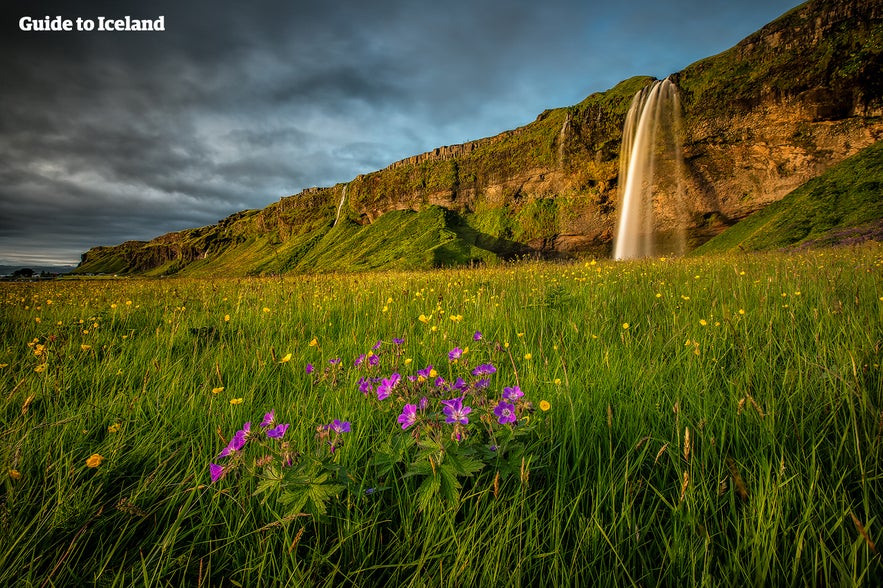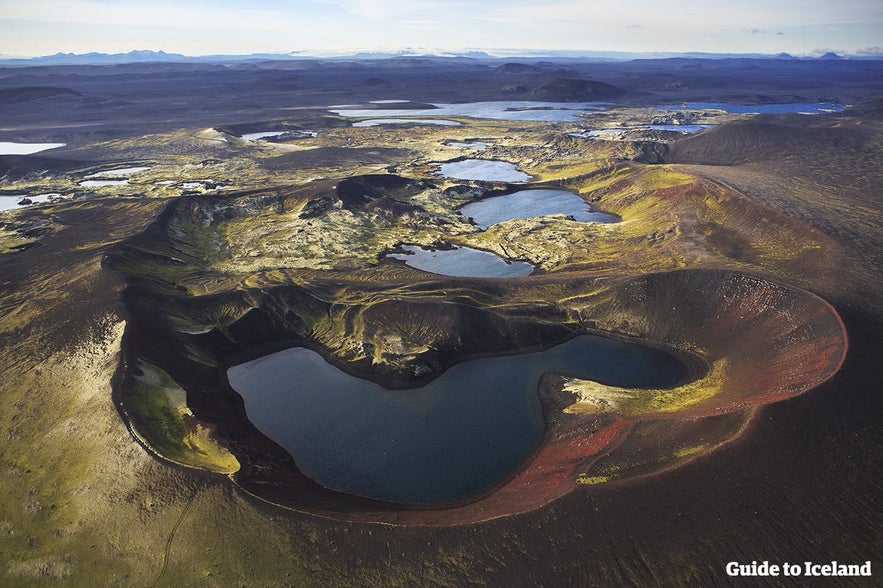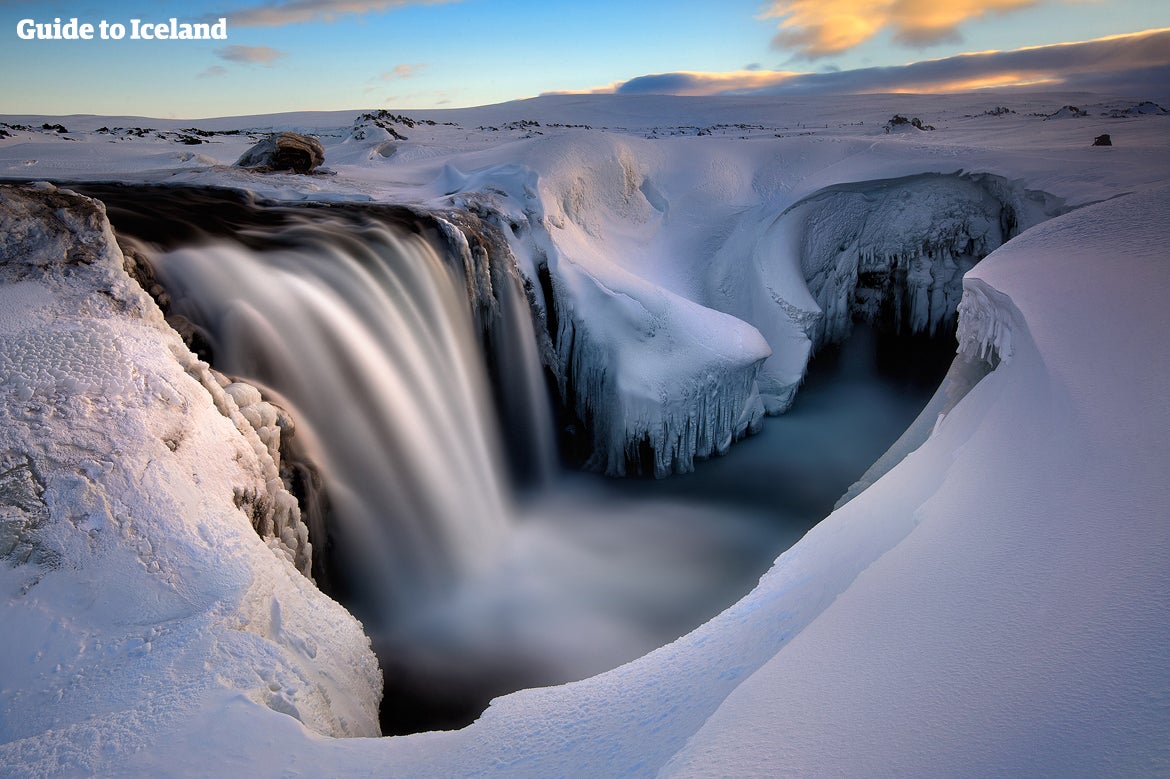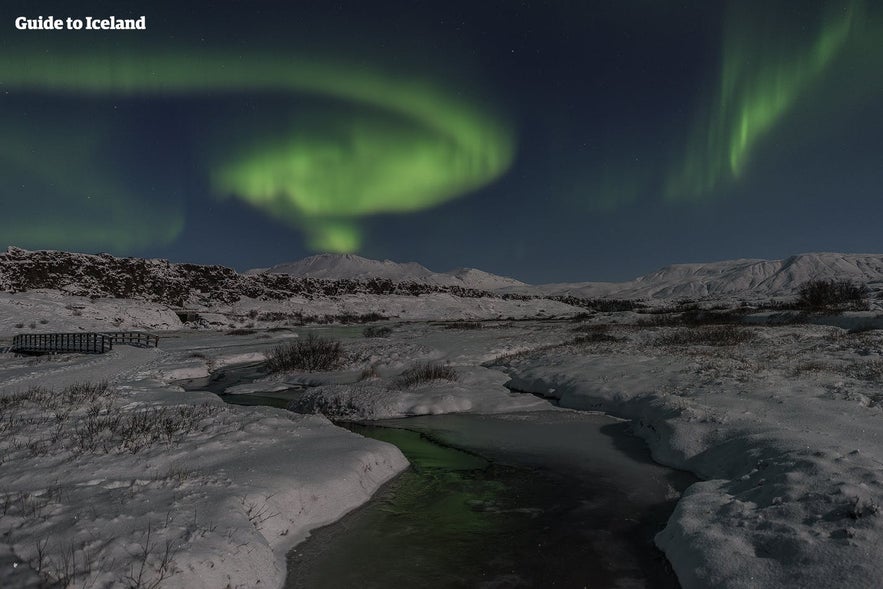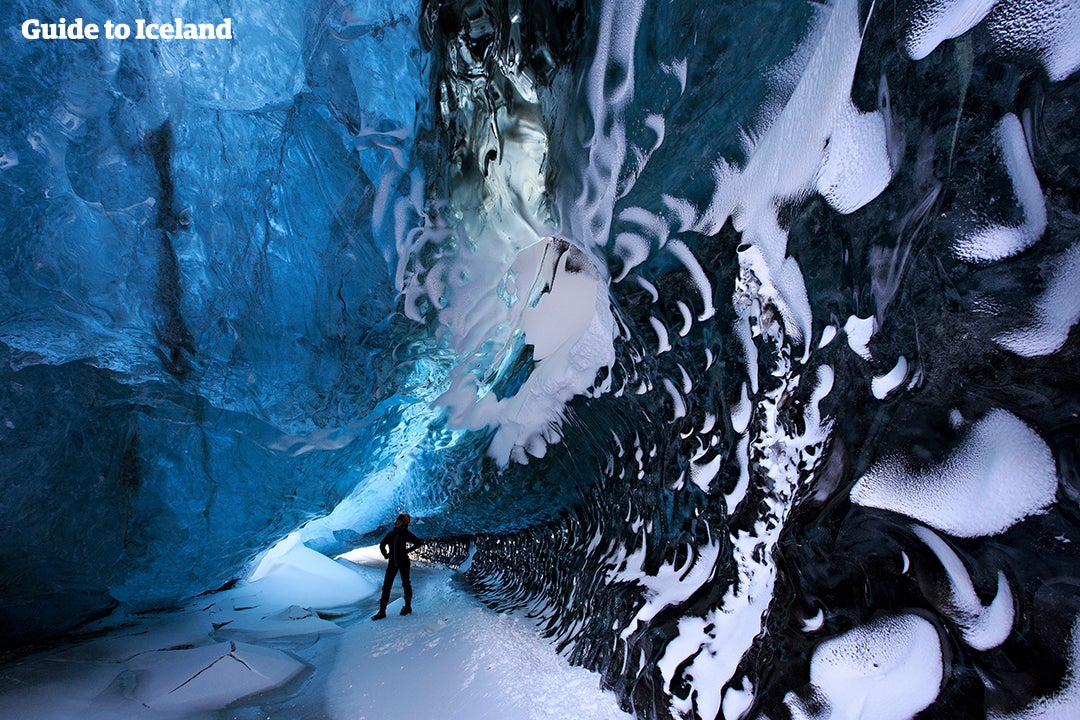
What to Do With 3 Days in Iceland

Are you coming to Iceland for three days and don’t know what to do? Are you overwhelmed by the number of options for tours and opportunities, and need some guidance on making the perfect plan for you? Read on to discover how to make the most of three days in Iceland.
- Enjoy this 3 Day Golden Circle and South Coast Guided Adventure | Spring, Summer, Autumn
- See also: How to Spend a Weekend in Iceland
- Discover glacier lagoons and ice caves on this 3-Day Self Drive Tour
Iceland is a marvellous country to visit for any length of time, and even a holiday as short as three days can be maximised so that this beautiful island will forever be enshrined in your memories. The choice of what to do, however, can be quite overwhelming and considering that certain tours have specific requirements, booking a holiday can be quite confusing.
Firstly, visitors must be aware of the difference between coming to Iceland in the summertime and the wintertime. Those wanting to see the Northern Lights, for example, would be very disappointed by a holiday in July, while others may prefer a holiday over this time, to be able to see the midnight sun.
Of course, certain tours, such as many glacier hiking, snowmobiling and whale-watching excursions, run throughout the year, yet even these differ in terms of how they are conducted and what experience you will have for each season.
Glacier hikes in summer, for example, are easier and more comfortable, whereas in winter, the ice caps themselves become much more beautiful in terms of their colours and formations.
Outside of considering which season to come, visitors need to decide if they want to rent a car and drive themselves or to join tours and be driven around. Renting a car is easy and allows you to have more control over your schedule; the option also means you don't have to worry about other guests.
Opting not to, however, means you don't have to worry about Iceland's tough road conditions, especially in winter, and allows you to meet more people.
With these considerations made, it is a lot easier to see how it is possible to make the most out of three days in Iceland.
Summer and Winter Seasons in Iceland
Because of the stark differences between summer and winter, Iceland only really considers itself to have two seasons. Summer is considered to go from the 15th of May until the 15th of September, and winter consumes the rest of the year.
While many seasonal trips reflect these dates, such as Northern Lights tours, which usually run from September to the end of April, it is important not to make presumptions.
For example, if you were to arrive in May expecting to take a summer hike through the Highlands, you'll find the vast majority of the roads leading into them shut until July. Similarly, if you arrive in Iceland in September you will likely find yourself too early for ice caves under Vatnajökull, which require freezing temperatures that don't arrive until mid-October to be safe to enter.
- See also: Iceland's Seasonal Contrasts
In spite of this, there is a lot you can do within three days regardless of the season. Iceland’s most popular attractions are the Golden Circle and the Blue Lagoon, and these are accessible throughout the year; you can even combine them into a single day tour, leaving you two more days to play with.
The South Coast is another of the country's most beloved regions, which is accessible the year round. It is renowned for its gorgeous waterfalls, such as Seljalandsfoss and Skógafoss, the black sandy beach Reynisfjara, the volcano Eyjafjallajökull, and incredible glacier views.
At its far end is the Vatnajökull National Park, which includes marvellous sites such as the Skaftafell Nature Reserve, the Jökulsárlón Glacier Lagoon, and the nearby Diamond Beach.
You can also go on a day tour around Snæfellsnes, a stunning peninsula in the west of Iceland, renowned for its wildlife, coastlines, mountains and its crowning National Park, which holds the iconic Snæfellsjökull glacier.
Those seeking a tour closer to Reykjavík will find that they can explore the Reykjanes peninsula in a few hours. Besides the Blue Lagoon, this area boasts geothermal areas, historic towns, lava landscapes, and many birdwatching cliffs.
Activities such as whale watching, horseback riding or snowmobiling can usually be partaken in throughout both seasons too, so the adventurous will find a thrill one way or another. Whale watch tours expose you to the beautiful creatures of the deep that live off Iceland's bountiful shores, with great whales such as Humpbacks being more common in summer, and elusive predators such as Orcas being more frequently seen in winter.
Icelandic horses, meanwhile, are sturdy enough to manage any weather conditions, so riding tours can be done throughout the year. The ice on the country's glaciers never fully melts, so eager snowmobilers need not worry about seasonal availability.
Of course, Reykjavík itself is an attraction, with culture bursting from it seems no matter when you explore it.
- See also: Reykjavík Guide
Summertime in Iceland
The two main advantages of taking three days in Iceland in summer are the longer sunlight hours, and the fact that many tours can only be taken in this season.
In terms of long days under the midnight sun, those on self-drive tours have no limit to the number of hours they can explore; from the end of May to the end of July, the sky will never get dark. This also means that guided tours can fit in more destinations; this tour of the South Coast, for example, goes to Jökulsárlón Glacier Lagoon and back in a single (albeit long) day.
Because of the constant sunlight, midnight sun tours are also available at this time. These allow you to partake in activities such as ATV rides and sightseeing the Golden Circle by night for a more unique and less crowded experience.
- See also: The Midnight Sun in Iceland
In terms of the summer-exclusive tours, you have a wide range of activities you can partake in, particularly if you are a hiker. You can take day tours to Landmannalaugar, to the Þórsmörk region, and to the Fimmvörðuháls Pass, all world-renowned highland areas.
If you want to do something different, you can fly to Egilsstaðir in the eastern part of the country and partake in this 3-day guided hiking tour. The trip includes visits to beautiful waterfalls, breathtaking canyons, a volcanic crater with a hot pool, and a stay in a highland hostel with local cuisine and a hot tub, all away from most other travellers.
Other activities you can only partake in during summer are rafting tours and the 'Inside the Volcano' tour, which allows visitors to descend into the mighty magma chamber of a dormant volcano.
If the number of options for a holiday to Iceland in summer still seem overwhelming, it may be easier to simply book this 3 Day Iceland Stopover Package. It includes accommodation in central Reykjavík, a visit to the Blue Lagoon, a day tour of the Golden Circle and gives you the flexibility to book additional half day activity, such as snorkelling, diving, snowmobiling, whale watching or even a helicopter ride.
Wintertime in Iceland
Most people coming to Iceland in the wintertime are in search of the Northern Lights. Unfortunately, the Northern Lights can't be guaranteed as they are a natural phenomenon, and three days is a small window to try and see them in.
Even so, if you simply consider them to be the cherry on top of a holiday rather than the only reason for coming, you are still sure to have an incredible time.
The Northern Lights can be seen from anywhere in the country, assuming it's dark, there's a clear sky and their activity is strong. Those who rent a car, therefore, can look at the forecasts for cloud cover and the aurora strength before setting out to explore them themselves.
You can also opt to go on Northern Lights tours, where a guide with a wealth of experience hunting for the auroras will escort you. These are advantageous as you will be able to learn as you admire them, and you will have someone on hand to help capture photos of the lights on camera. These are conducted in many ways, from boat to super jeep, private car to bus.
- See also: The Northern Lights
Northern Lights tours and hunting opportunities are available only at night, so what is there to do with your days? Thankfully, quite a lot. You can partake in many activities, as diverse as scuba diving and dog-sledding. Golden Circle tours, Snæfellsnes Peninsula and West Iceland tours, and trips along the South Coast to Vík and back can all be managed in the limited hours of sunlight.
Driving to and from these destinations, however, will be done in some darkness and, more likely than not, on icy roads, so only very confident drivers should attempt the routes themselves.
The only winter-exclusive activity in Iceland other than aurora hunting is ice caving. While the crystal blue ice caves are on the far side of the country from Reykjavík, it is still more than possible, and highly recommended, to visit them, even if you just have three days.
Guided packages are the easiest way to organize this. This 3-day guided tour to the ice caves also takes you to all the major destinations on the South Coast, around the Golden Circle, and on a glacier hike, and is thus perfect for those eager to pack their holiday with adventure.
Those on a self-drive can take this 3-day ice cave tour, available between November and March, where you can follow the itinerary above yourself.
If you want to take care of your own plan and accommodation, you can also just rent a car and meet the guide on location by Jökulsárlón glacier lagoon. Just make sure you book the tour in advance, as they fill up very quickly.
A final thing that's wonderful to experience during the cold Icelandic wintertime is the natural hot springs around the island, that stay warm all year round. Those eager to immerse themselves in these geothermal hot spots should check out this 3-day self-drive hot springs and Northern Lights tour, available between September and March.

Andre interessante artikler
De beste ideene til ting du kan gjøre på 4 dager på Island
Lær mer om hvordan du kan utforske Island på fire dager. Hva kan du gjøre på bare fire dager? Hvordan tilbringer man fire dager på Island om vinteren? Er du overveldet over alle turalternativene på...Les merAktiviteter når du har 8 dager på Island
Hvilke anbefaling finnes for en åttedagers ferie på Island? Hvilke aktiviteter er tilgjengelige, og hvordan varierer de fra sommer til vinter? Er åtte dager nok til å utforske landet fullt ut? Les v...Les mer

Last ned Islands største reisemarkedsplass på telefonen din for å administrere hele reisen på ett sted
Skann denne QR-koden med telefonen din og trykk på lenken som vises, for å legge til Islands største reisemarkedsplass. Legg til telefonnummeret ditt eller e-postadressen din for å motta SMS eller e-post med nedlastingslenken.

